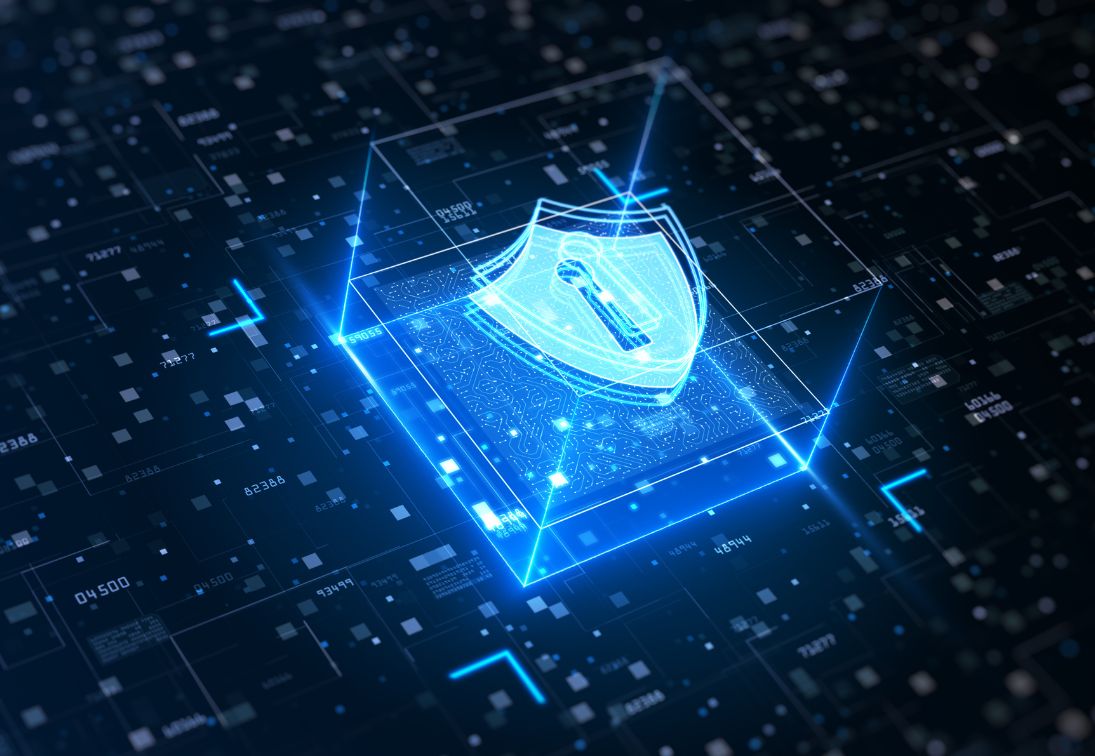Mapping gaps against regulations such as Amendment 13 to the Privacy Protection Law in Israel or the-GDPR The European is a critical step on the path to compliance, building trust with customers, and reducing legal risks. But let’s face it: for many organizations, this mapping ends when the report is submitted – and doesn’t continue to the really important stage. – Ongoing control and maintenance.
Even if you have invested time, resources, and professional advice to perform the mapping and even implement the recommendations – is anyone making sure that the changes are maintained? That the policy is enforced? That the system does not regress back to dangerous habits?
Privacy protection is important. But maintaining the application is critical
- Are the scheduled backup processes still being performed?
- Wasn't the toughened password policy repealed due to user complaints?
- Haven't the MFA settings been removed for senior users?
- Are the suppliers that have signed data processing agreements not currently connected in an uncontrolled manner?
only Information security expert and-IT who accompanies the organization over time, is able to pay attention to this erosion and maintain the level of protection in practice – and not just “on paper.”“.
Compliance is not an end point – it is an ongoing process
How do you maintain compliance with regulatory and privacy protection requirements over time?
- Assign an information security officer who verifies the implementation of the policy in practice.
- Periodic risk analysis – once every quarter or six months.
- Control over suppliers, systems, users, and permissions.
- Updating procedures in accordance with business or technological changes.
- Ongoing technological monitoring: logs, backups, access, unusual uses.
- Information security consulting services are not a one-time project.












